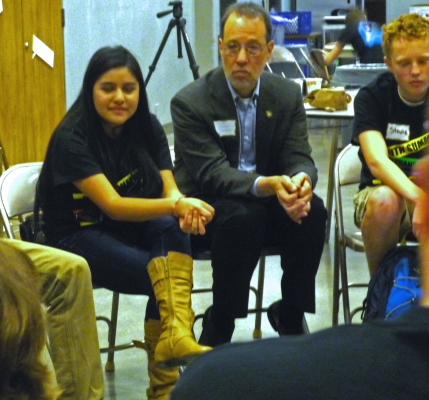Historically, large-scale transportation infrastructure projects have had devastating outcomes in communities of color. With twentieth-century urban renewal efforts often came the displacement of underprivileged communities, the loss of low-income neighborhoods and their replacement with affluent housing and freeways.
According to new OTREC research from the University of Oregon, transit-oriented development, or TOD, can offer a different trajectory. Rather than displacing residents, TOD has the potential to improve neighborhoods for the benefit of those who live there.
OTREC researcher Gerardo Sandoval grew up near MacArthur park, one of the two sites studied, and has witnessed firsthand the neighborhood’s dramatic change. “I think the coolest thing about MacArthur Park is that now it’s considered a national model for TOD. When I was growing up there … nobody saw it like that. It was thought of more as a low-income area,” Sandoval said.
The project examined two California neighborhoods: MacArthur Park, in Los Angeles, and Fruitvale, in Oakland. In both neighborhoods, the majority of residents are recent immigrants from Mexico and Central America, many of whom have significantly lower incomes and rely heavily on public transportation.
In the last few decades, both sites have seen TOD coincide with neighborhood...
Read more





